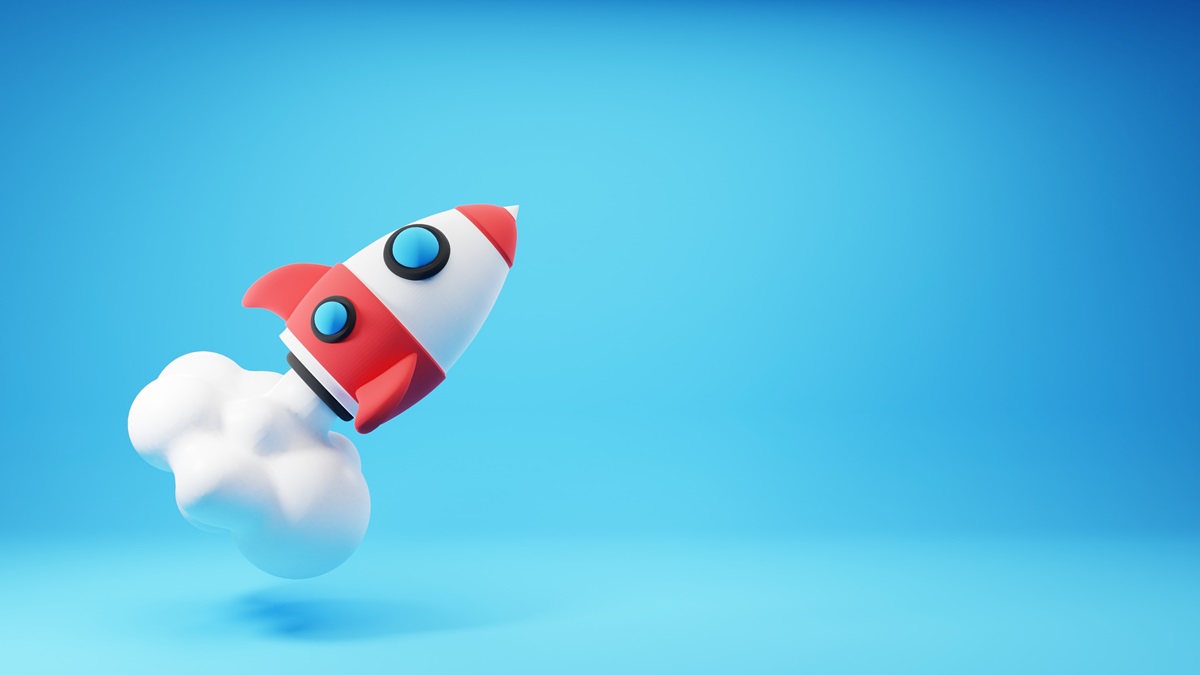
Markets are priced more optimistically than six to 12 months ago, observes David Wolf, a portfolio manager at Fidelity Investments ULC, in Toronto. But they are not priced for perfection, as some observers have noted.
“If you go back a year ago, we were in the midst of the most aggressive Federal Reserve tightening in nearly 30 years, and high inflation, which the Fed was addressing. Almost everyone assumed that we would be in a recession by now—but we’re not,” says Wolf, who oversees the five-star bronze-rated $13.4 billion Fidelity Global Balanced Portfolio F, “Economies have been resilient and inflation has come down nicely.” That conjunction of growth that is resilient to higher interest rates and inflation that is still falling speaks to the productivity of the economy, he says, “That’s a pretty good combination for asset prices. The jury is still out. But there is reason for greater optimism for a soft landing, rather than a hard one.”
Wolf is a 27-year industry veteran who has earned a BA in economics from Princeton University and worked on the so-called sell side as well as the buy side. Moreover, he has also worked for a central bank, since Wolf served as Advisor to the Governor of the Bank of Canada for four years, prior to joining Fidelity in 2013.
Promising Productivity Levels
One of the reasons for his optimism is the productivity gains in the past few years. “The only way you can do that is if your capacity has gone up. Two things can grow an economy’s capacity: one is the labour force, and that’s a demographic trend. And the other thing is productivity. There are several things that you can cite that will improve the so-called potential run rate [a measure of estimates of GDP growth used by central banks], and one of them is AI [artificial intelligence], and that’s clearly a positive. Clean energy technology investment is another factor.”
Wolf also cites the change in working arrangements since the COVID-19 pandemic, in which many people now work part of the week from home. “That is not only good for our lives but should be good for greater productivity. If that productivity run-rate has gone up it means the U.S. economy can grow faster and can still get inflation down because the capacity of the economy is expanding as well. If you had these things a year ago, it would not be that plausible. But the U.S. economy can grow despite the high interest rates and overcome this inflationary burst. That’s pretty positive.”
From a performance standpoint, Fidelity Global Balanced Portfolio F returned 12.73% in 2023, while the Global Neutral Balanced category returned 9.79%. Over the last five, 10 and 15-year periods, the fund returned an annualized 6.88%, 6.63% and 8.59% (as of Jan. 16). In contrast, the category returned an annualized 4.86%, 4.58%, and 6.12% respectively.
Household Debt’s Holding Canada Back
But there is a stark difference between Canada and the U.S., argues Wolf, noting that our economy grew at -1% in the third quarter of 2023, while the U.S. grew at 5%. “It’s likely that productivity growth in the U.S. has picked up, which is allowing the economy to expand without generating inflation. At home, that doesn’t look to be the case. Canadian productivity has generally lagged the U.S. for many years, and we see no reason for that to change. The other thing happening in Canada is that we have much more household debt than in the U.S.; they had their ‘re-set’ in the financial crisis 15 years ago, but we never did. And we have a much shorter-term mortgage market, since we finance on five-year terms, whereas in the U.S. they finance on 30-year mortgages. When there is a big increase in rates, given that structure, it will hit Canada a lot harder.”
Wolf does not think that the market has fully discounted the divergence between Canadian and U.S. growth, Canadian and U.S. monetary policy, and the exchange rate. “We have some pretty aggressive positioning within our multi-asset class funds and are under-weight Canada, but overweight the U.S.”
On the equity side, the benchmark for the global balanced fund is one-third U.S., one-third Canada and one-third the rest of the world. “Right now we are a lot closer to 50% in the U.S., 20% in Canada and about 30% in the rest of the world. Our underweighted Canadian position is justified by the relative macro-economic environments,” says Wolf. “Just to be clear, we implement that top-down view as part of our tactical asset allocation approach. Our underlying equity and fixed income managers [who manage the 31 Fidelity funds that comprise the global balanced product] also have some scope to go outside their natural jurisdictions, if they think the opportunities exist.”
Are Equities Out of the Woods Yet?
Is Wolf confident that he’s seen the so-called “all-clear signal” to be fully invested? “I don’t ever have confidence that there is an all-clear signal in markets,” he chuckles. “There is always some uncertainty, and the so-called ‘wall of worry’ to address. My job is to say, ‘You will never have the all-is-clear signal, so what are the risks to worry about and are you being paid to bear those risks?’ We cannot avoid risk entirely, and frankly don’t want to---because if there are no risks, you cannot have returns. We want to make sure we are getting well compensated for the risks that we are taking.”
From an asset allocation standpoint, the fund is very close to a 60/40 neutral allocation. “We are content to be fully invested.”
As for the issue of further central bank tightening, Wolf points out that he spent several years working for the Bank of Canada. “I have seen all sides of this issue. Right now, I am not convinced that the Federal Reserve and Bank of Canada are done with tightening. Neither are they convinced that they are done. And even if they are convinced, just recall that the Bank of Canada came out last January and said, ‘We think we are done with tightening.’ But by June, they were like, ‘Oops, guess we were wrong and have to tighten some more.’ Relying on statements such as ‘now we are done,’ is always a perilous thing.”
Personally, Wolf believes that we have seen the full tightening for the cycle, although he admits that he could always be wrong. “We are constantly thinking the profile of risks, in terms of the exposures that we have. So, the risk that central banks have to keep tightening to put a lid on inflation is certainly not zero percent. It has not gone away,” says Wolf, who is part of a four-person team in Toronto that includes co-manager David Tulk and is supplemented by 100 managers and analysts in Fidelity’s head office. In total, the Toronto team oversees about $75 billion in assets in Canada, while the head office manages US$4 trillion.
From a strategic viewpoint, the Toronto team conducts a top-down process that is divided into four parts. First, they form a view of the macroeconomic conditions. Second, they study the bottom-up information about individual companies from the underlying fund managers. Third, they look at relative valuations. Finally, they study market sentiment, which is often a contrarian indicator. “We have models that try to infer pricing from the performance of various financial markets,” says Wolf, “Based on what’s going on, ‘what does the market think about growth or inflation or monetary policy, and so on?’” Then they compare their views with what the market is signaling and try to identify gaps between the two perspectives so that they can modify their asset allocations.
They also ask themselves: Why do we think we are so smart? “The market is very smart, and pricing is a collective decision of many smart people, so it’s not enough to say, “I have a different view from the market.’ Why are you so special?’,” says Wolf. Even though the team uses models to structure the portfolio, they acknowledge that models are often wrong, and they must avoid putting too much credence in them. To wit, this time seems to be different.
Uncharted Territory Ahead
“The models have never seen a situation where Canada is more indebted, more exposed to real estate and facing a big increase in interest rates. It’s never happened before,” says Wolf. “There is also this ‘received wisdom’, that the Bank of Canada cannot do anything without the Federal Reserve. The Bank of Canada won’t cut rates, until the Fed cuts rates, that sort of thing. That is completely wrong. There have been several times when the Bank of Canada did something different from the Fed.” Indeed, the spread between the two central banks is now close to nil. In short, because both countries face differing circumstances the outcomes are likely to be different, and hence, the current portfolio positioning.
Juggling the different asset classes has resulted in strong returns. The fund has been in the top quartile for the past 15 years. “First, our stock pickers have been really good and very good across regions and 2023 was a stand-out year for them,” observes Wolf. “Second, unlike a lot of peers, we didn’t buy back aggressively into bonds early in the year. A lot of other folks said, ‘Yields have gone up and a recession is coming, so you should buy a lot of bonds.’ That was what the models said. But the models are based on periods when you didn’t have inflation. But now you do. It was pretty clear to us that it would be premature to be aggressively moving into bonds. So, we maintained more in short-term securities and cash and stayed away from fixed income duration. That saved us a fair bit of performance, versus our peers since bonds continued to back up for most of 2023.”
Wolf argues that credit should go to the bottom-up stock pickers, as well as the top-down analytical team that arrives at a top-down asset allocation. “There are two strong processes, and they are largely independent. Both have made significant contributions to the performance of the fund. They contribute a lot of the time, but not always at the same time.”




















